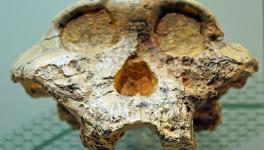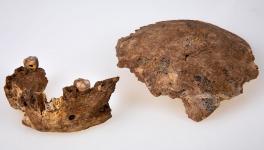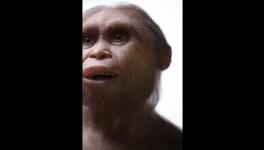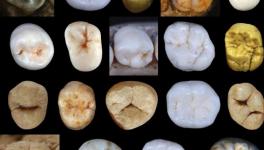First Denisovan DNA Discovered Outside Siberia in China
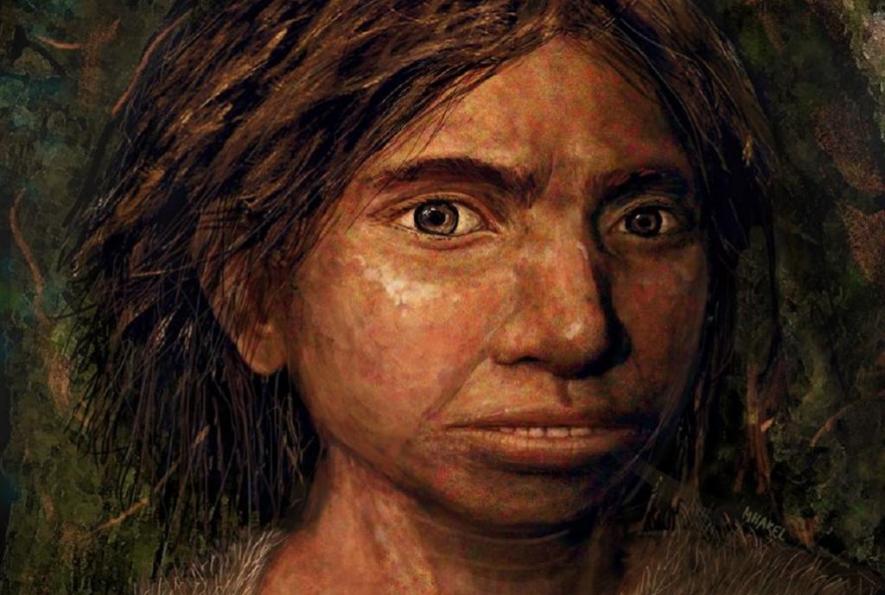
Image Courtesy: Down To Earth
Denisovans were the archaic humans whose details have remained largely elusive. This extinct species survives in fossils, cave sediments and their vestiges are leading to fascinating facts about them. The quite recent discovery of the existence of this mysterious species have led to several research groups looking into their details, which have subsequently led to newer facts about the origins of humans and their ancestors, and also the signatures that the human race still carries.
The remains and archaic DNA of the species are mainly concentrated in the Altai Mountain range of Siberia, where the remains of the ancient human species were found for the first time in the Denisova cave. However, progress in researches has already given us hints about the presence and dwelling of this species outside Siberia.
A study published in Science on October 29 reports to have found the first ancient DNA of the Denisovan species outside Siberia, in the Bishiya Karst cave located in China. The study says that mitochondrial DNA (mt DNA) of the species could be extracted from the cave sediments, not from fossils. The estimation of the time period of the mt DNA revealed that the Denisovans dwelled in the cave between 1,00,000 to 60,000 years back. There is also a possibility that the species could have existed in the Chinese cave as recently as 45,000 years back, the time when modern humans were migrating to the eastern part of Asia.
The findings have established strongly the long-thought proposal about the presence of Denisovans outside Siberia.
DNA from the archaic species are present in modern humans in many parts of the world. Especially, the presence of such DNA inherited from the archaic human species is prevalent in the genomes of people across Asia, which suggested that once the Denisovans may have inhabited the region.
Before the finding of the mt DNA, a jaw bone was found in the same cave and it was reported last year that this bone probably belonged to the Denisovans. Importantly, the study claiming this was also led by Dongju Zhang, the first author of latest Science paper. Zhang and her colleagues made their conclusion last year on the basis of a new method that analyses the variation in a protein. However, several researchers raise apprehension about the method used, which after the confirmatory report of mt DNA will surely fade away.
In their venture, Zhang and her team spent tough times in digging the cave and collected different sediments samples, which included charcoal from fire, simple stone tools and bones of animals like rhinos and hyenas that accounted for 579 samples. The team also could extract hominin mt DNA from the sediment. After analysis they found that the mt DNA most closely matched with that of Denisovans. The DNA in the sediment perhaps was in poop or urine.
The same sediment samples were also analysed for dating of the materials present there. The team used optical dating technique in which it was studied when light last struck the mineral grains in the sediment samples. This would show when each grain was buried. They found four layers of sediment that contained the Denisovan mt DNA and found that it was between 1,00,000 to 60,000 years back with the younger sediment 45,000 years old. The dates of the older sediment layers are more reliable.
Also read: Did Archaic Human Species Denisovans Inhabit Tibetan Plateau?
Get the latest reports & analysis with people's perspective on Protests, movements & deep analytical videos, discussions of the current affairs in your Telegram app. Subscribe to NewsClick's Telegram channel & get Real-Time updates on stories, as they get published on our website.









